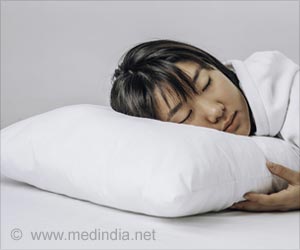Health experts recommend that instead of resorting to expensive medication and therapy for treating lifestyle disease, the cure lies in exercising everyday.

Dr. Rajeev K. Sharma, senior consultant orthopedics and joint replacement surgery, Indraprastha Apollo Hospital, said, "Adequate levels of physical activity decreases the risk of a hip or vertebral fracture and helps control weight. In fact, exercise is very crucial for maintaining good bone health, besides adequate intake of calcium. WHO estimates that globally, one in four adults is not active enough while more than 80 percent of the world’s adolescent population is insufficiently physically active. This is a dreadful scenario as all these inactive people are making themselves vulnerable to several health issues. Osteoporosis-related injuries such as vertebrae fractures not only cause pain but also degrade the quality of life, curtail movement and increase dependence. Since the bone is a living tissue, it becomes stronger when subjected to exercise. Loss of bone mineral density that begins during the 30s can be curtailed by exercising regularly. People who exercise are found to have greater peak bone mass as compared to people who do not exercise. Though exercising can, to a large extent, help in building strong bones, there is a general lack of an exercise culture in India. This needs to change. Schools, colleges and other institutions should take the lead in nurturing an exercising culture."
Dr. Harvinder Singh Chhabra, medical director and chief of spine services at Indian Spinal Injuries Center, Vasant Kunj, said, "Indians generally do not realize the importance of exercising unless hit by an ailment. Many patients start walking regularly after back pain or osteoarthritis has already set in their bodies. We tell them they could have delayed it by being active all their lives. In the West, there is a lot of focus on physical activity and people are moving away from sedentary ways of life. They are junking television and going for cycling, running, or adventure sports such as rock climbing. This shift is yet to take place in India. To make exercise a national culture, apart from awareness, many enabling policy measures are also needed. In urban areas, several environmental factors discourage people from leading more active lives even if they want to. Lack of public spaces such as parks and grounds, safety issues on the roads, pollution and irksome traffic do not allow many people to step out of homes to run or walk. This needs to change."
Source-Medindia















